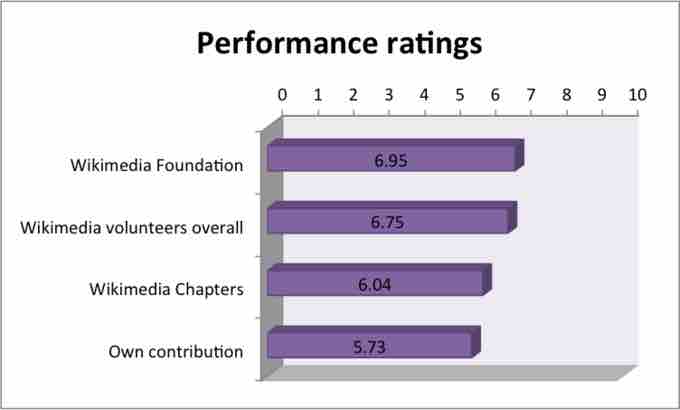Benchmarking
Financial ratios allow for comparisons and, therefore, are intertwined with the process of benchmarking, comparing one's business to that of others or of the same company at a different point in time. In many cases, benchmarking involves comparisons of one company to the best companies in a comparable peer group or the average in that peer group or industry. In the process of benchmarking, an analyst or manager identifies the best firms in their industry, or in another industry where similar processes exist, and compares the results and processes of those studied to one's own results and processes on a specific indicator or series of indicators.

Benchmarking Measures Performance
Results are the paramount concern to a transactional leader.
Benchmarking can be done in many ways, and ratio analysis is only one of these. One benefit of ratio analysis as a component of benchmarking is that many financial ratios are well-established calculations derived from verified data. In benchmarking as a whole, benchmarking can be done on a variety of processes, meaning that definitions may change over time within the same organization due to changes in leadership and priorities. The most useful comparisons can be made when metrics definitions are common and consistent between compared units and over time.
Benchmarking using ratio analysis can be useful to various audiences. From an investor perspective, benchmarking can involve comparing a company to peer companies that can be considered alternative investment opportunities from the perspective of an investor. In this process, the investor may compare the focus company to others in the peer group (leaders, averages) on certain financial ratios relevant to those companies and the investor's investment style. From a management perspective, benchmarking using ratio analysis may be a way for a manager to compare their company to peers using externally recognizable, quantitative data.